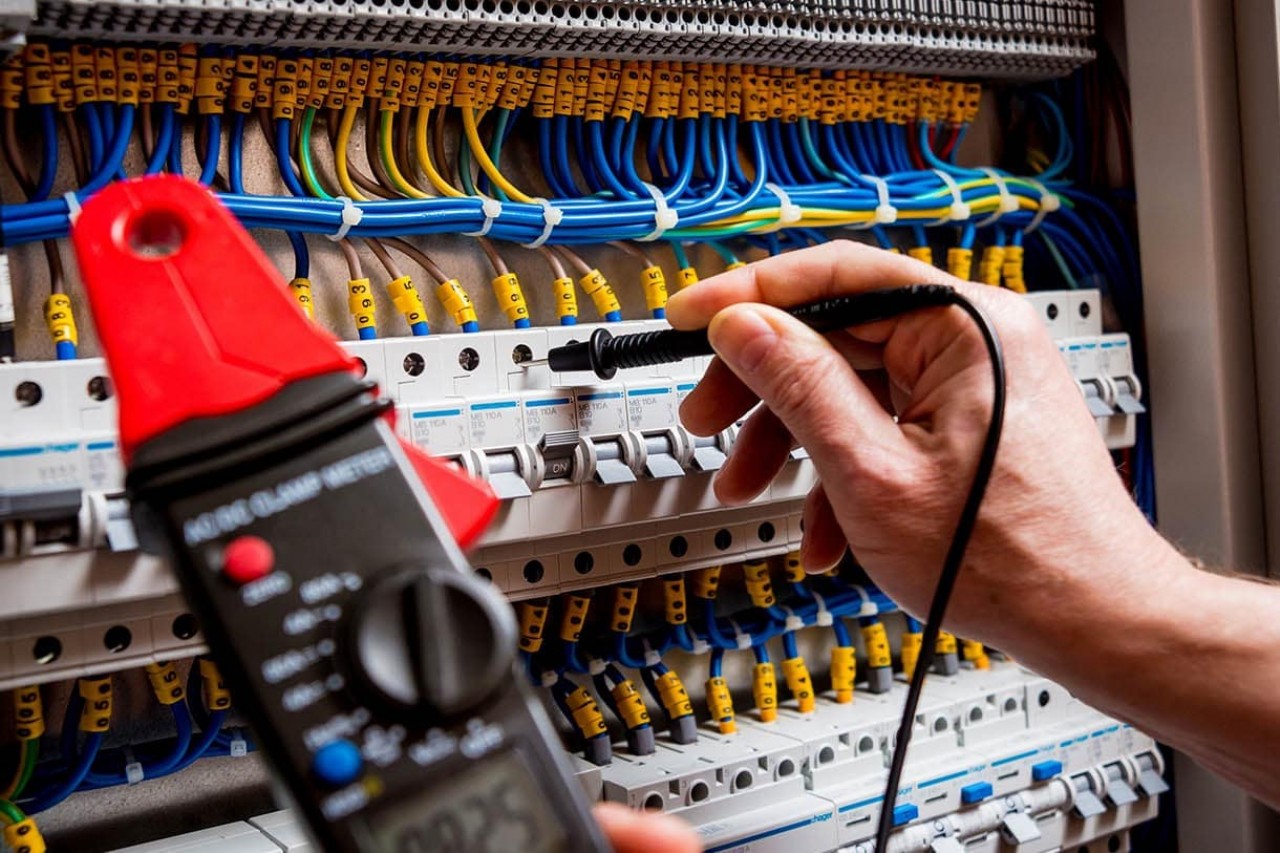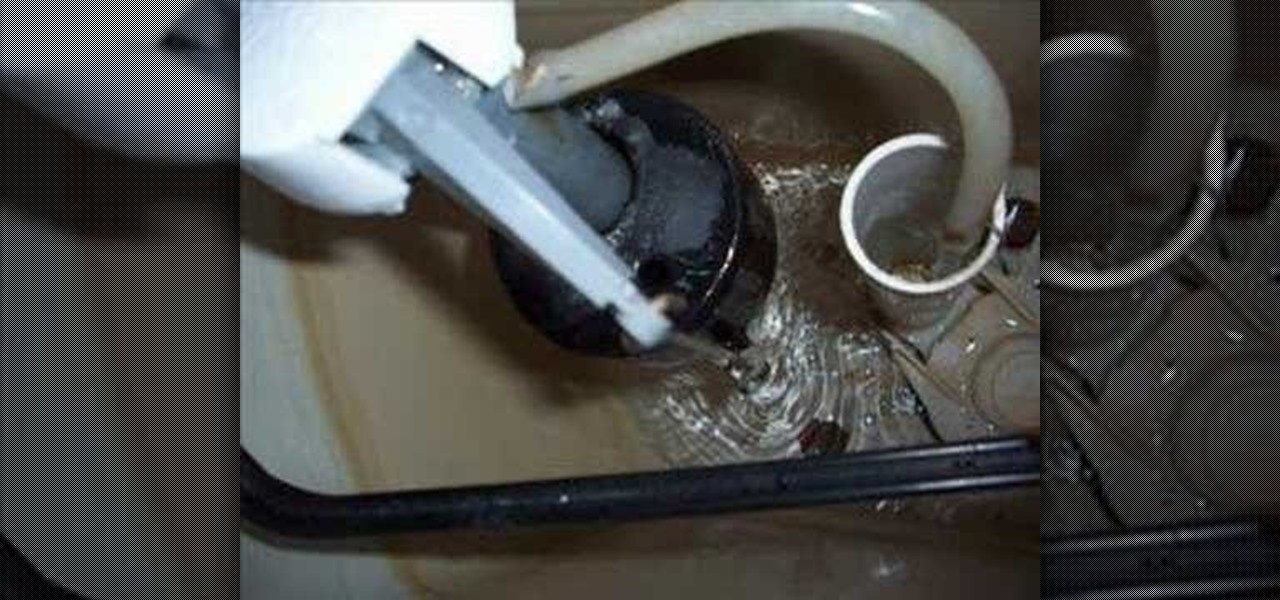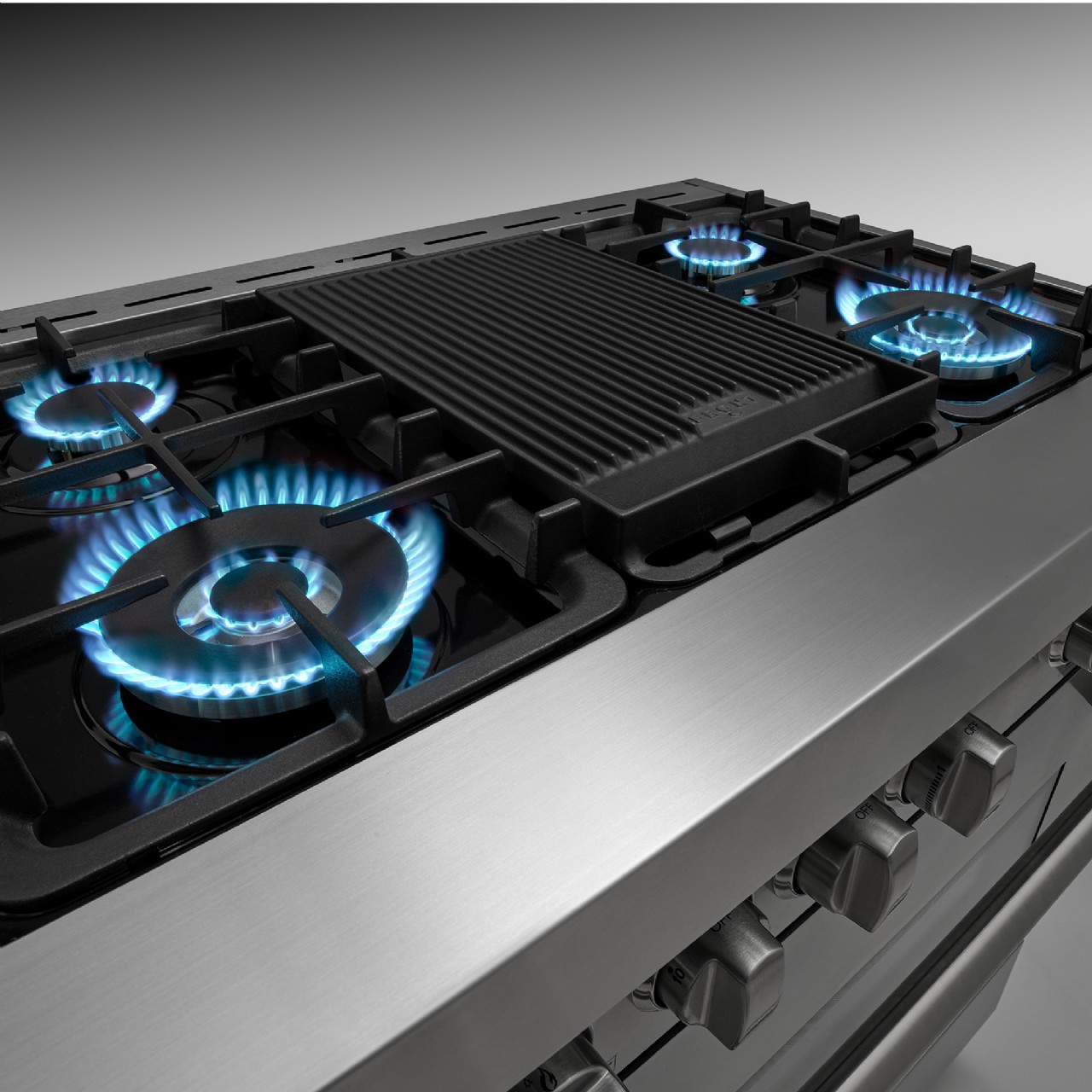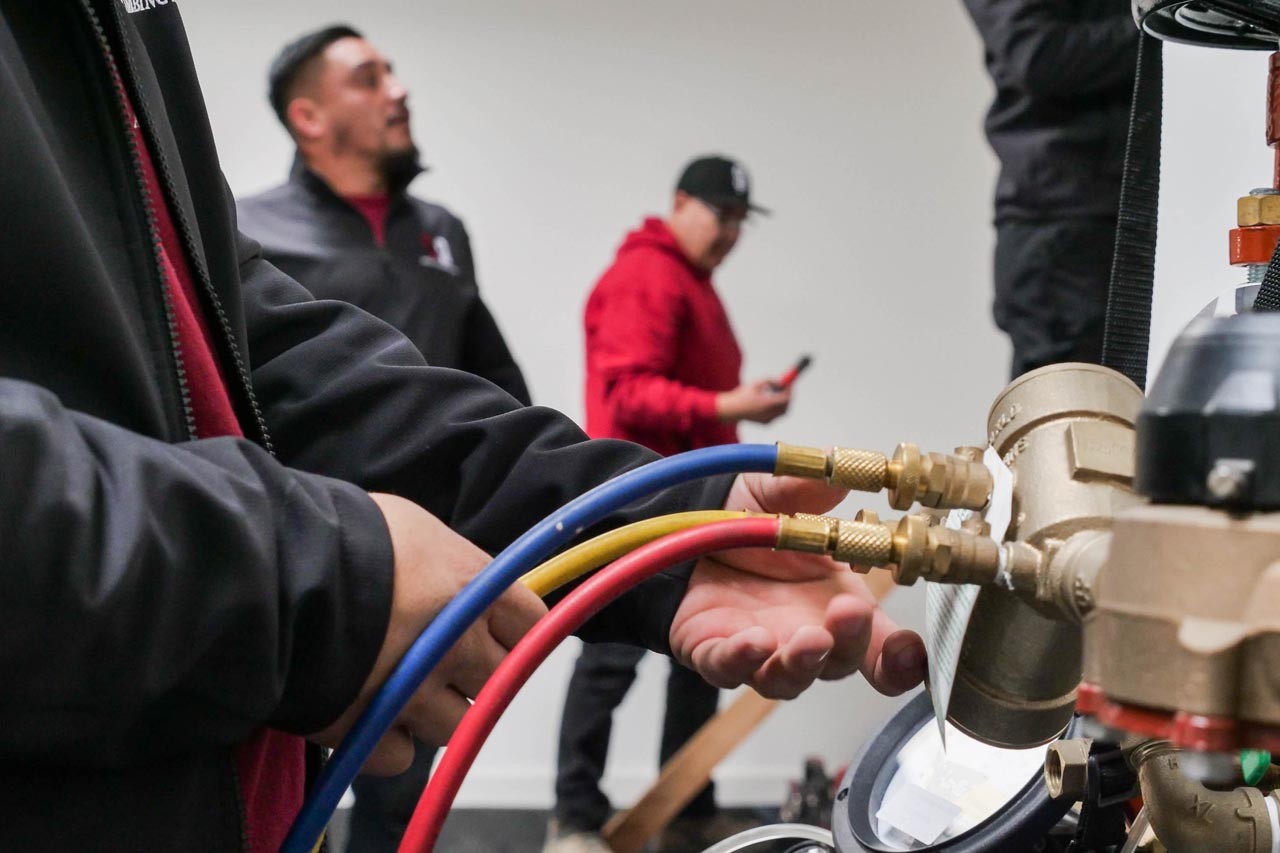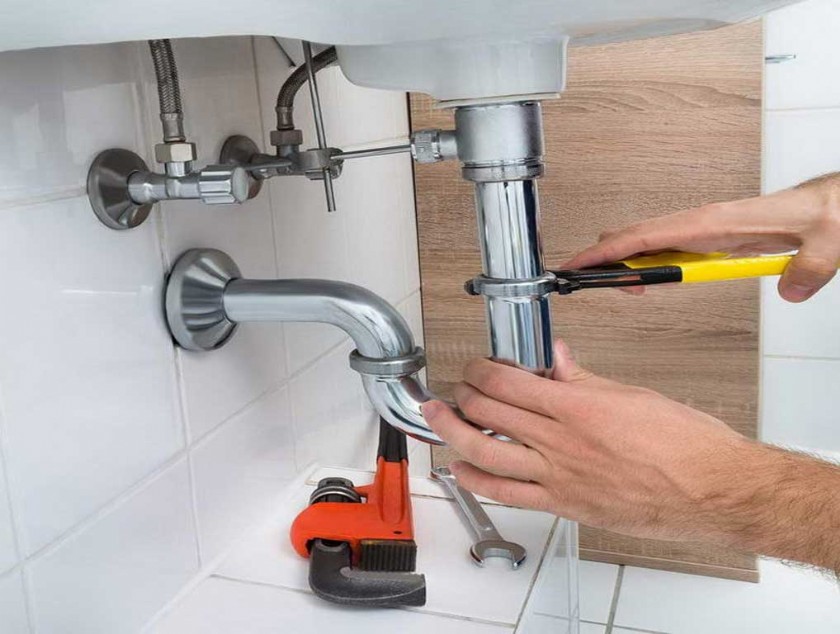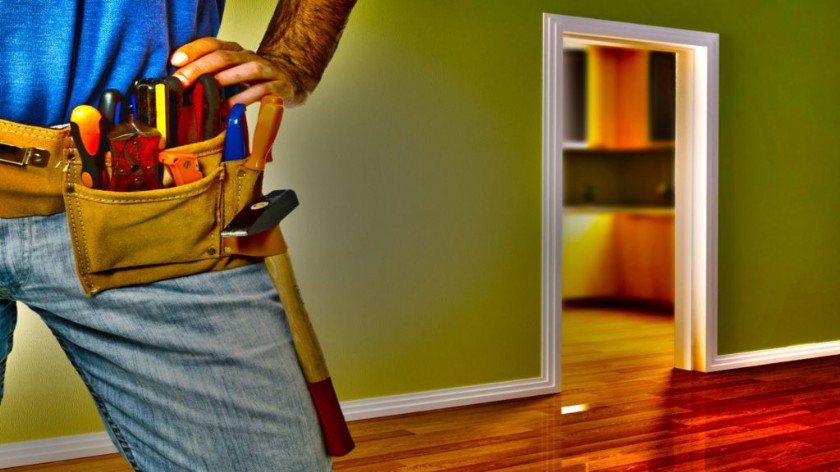A short circuit is a common electrical issue that occurs when an unintended connection is made between two nodes in an electrical circuit. This connection causes excessive current flow, leading to potential damage to the circuit and devices connected to it. Fortunately, short circuits can be fixed with proper repair techniques. Here are some helpful tips:
1. Locate the Short Circuit
The first step in fixing a short circuit is identifying its location. Start by inspecting the wiring and devices connected to the circuit. Look for any signs of damage, such as charred wires or burnt components. You can also use tools like a multimeter to measure the resistance between different points in the circuit and determine where the short circuit lies.
2. Disconnect the Power Source
Before attempting any repairs, always disconnect the power source to prevent the risk of electrical shock. Turn off the main breaker or unplug the affected device from the outlet. It is essential to prioritize safety during the repair process.
3. Insulate Exposed Wires
If you encounter any exposed or damaged wires during the inspection, make sure to insulate them properly. Cover the bare wire with electrical tape or use heat shrink tubing to prevent contact with other conductive surfaces. This step ensures that the short circuit does not recur once power is restored.
4. Replace Faulty Components
If you identify a specific component causing the short circuit, such as a resistor or capacitor, it may need to be replaced. Unplug or disconnect the faulty component and replace it with a new one of the same ratings and specifications. Make sure to follow the manufacturer's instructions when handling and installing replacement parts.
5. Check for Overloaded Circuits
Sometimes, short circuits occur due to overloaded circuits. If you frequently experience short circuits in a particular circuit, consider redistributing the load or adding additional circuits to distribute the electrical demand more evenly. This step can help prevent future short circuits and improve the overall safety of your electrical system.
6. Seek Professional Help
If you are unsure about how to repair a short circuit or unable to locate the issue, it is best to seek assistance from a qualified electrician. Electrical systems can be complex and dangerous, so professional expertise ensures a safe and effective repair process.
Remember, practicing proper electrical safety precautions is crucial when dealing with short circuits or any other electrical issues. Always prioritize your safety and consult experts when needed. By following these repair tips and guidelines, you can efficiently fix short circuits and maintain a safe electrical environment.


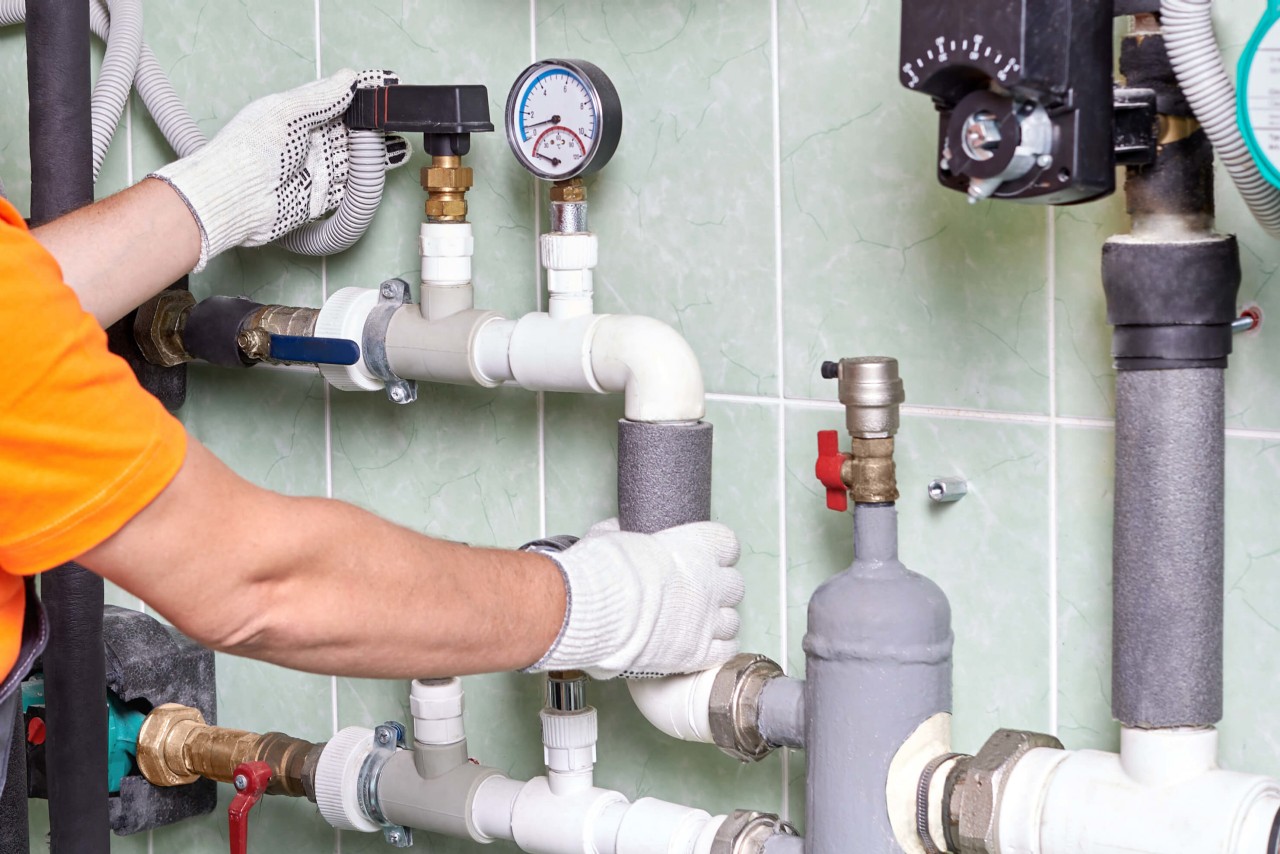
 75
75